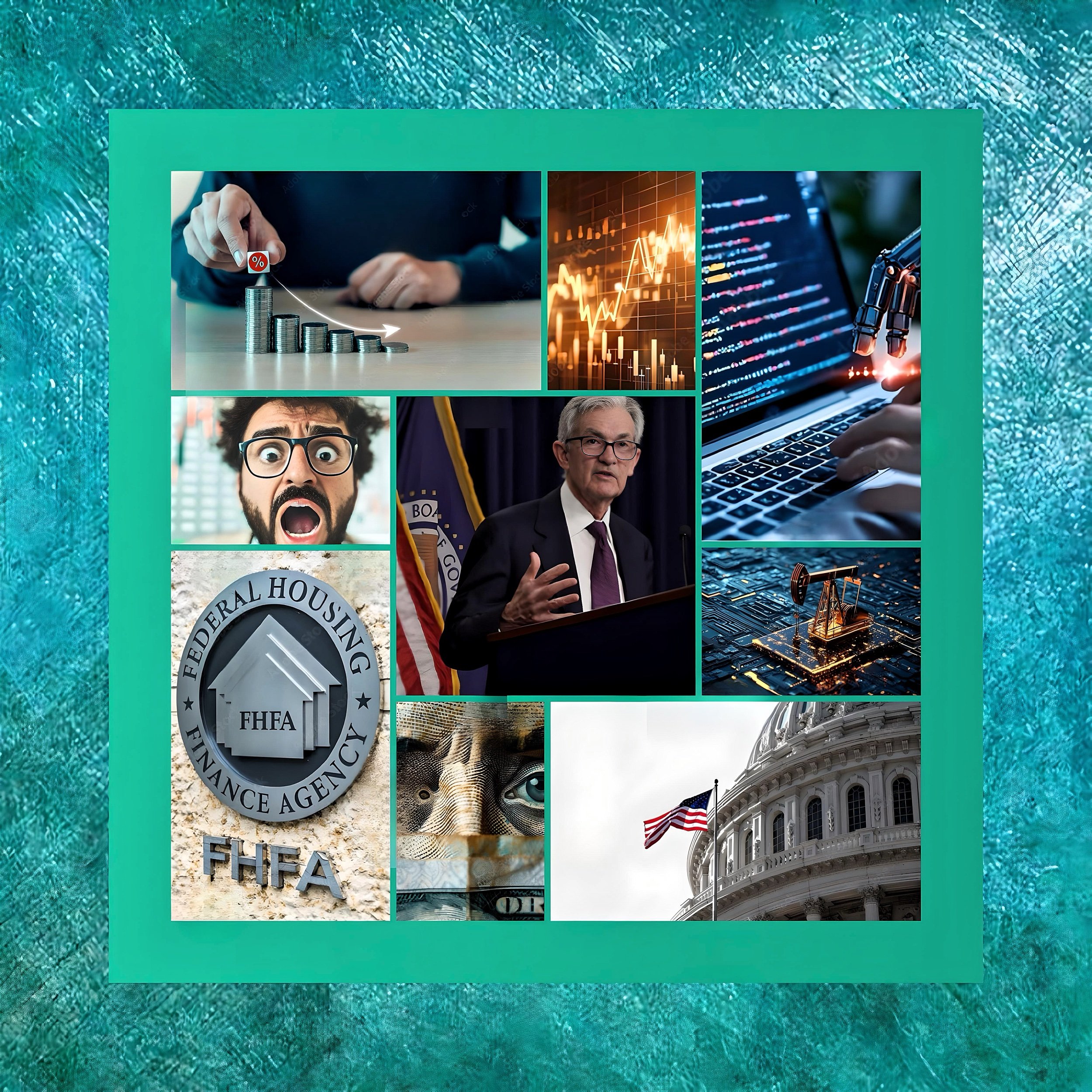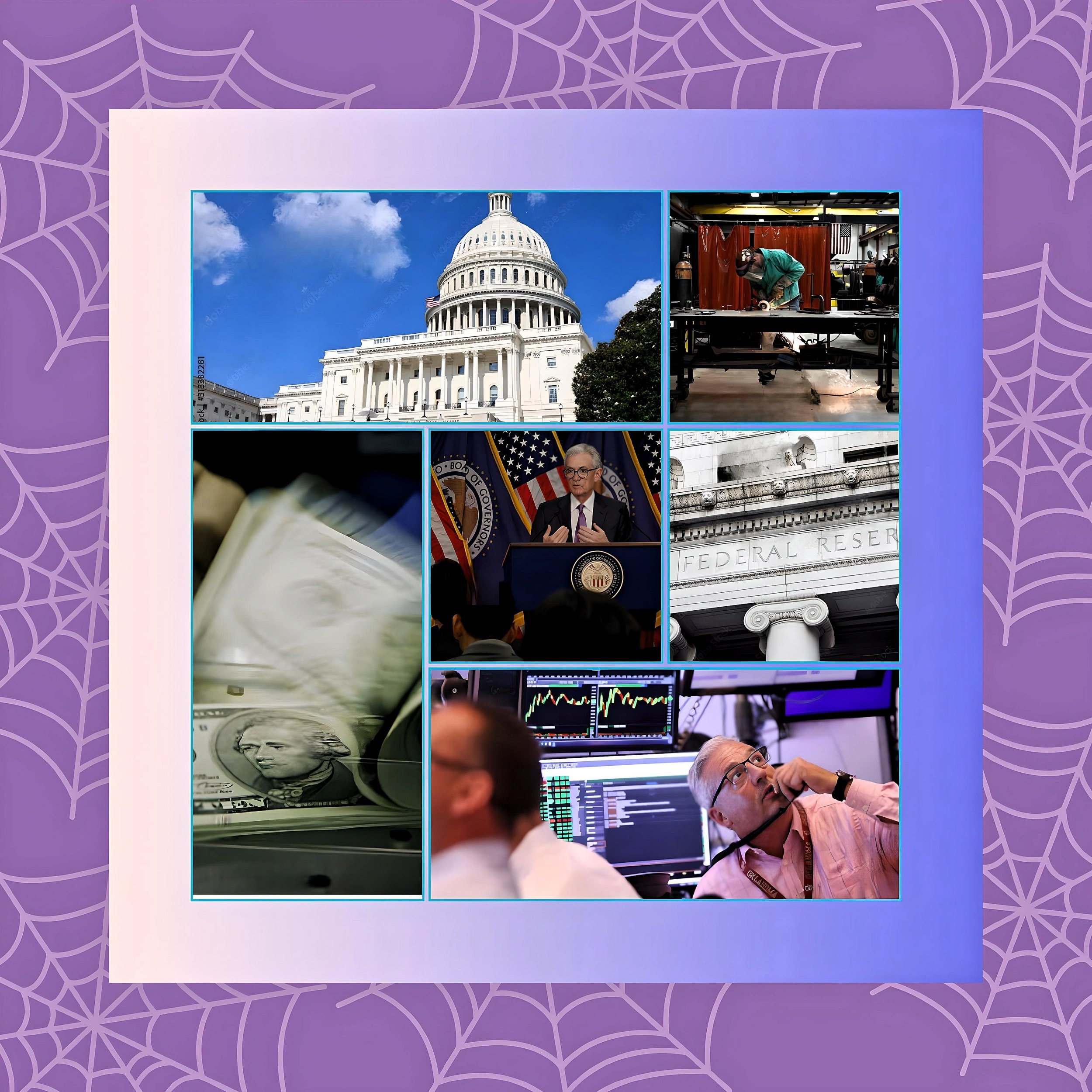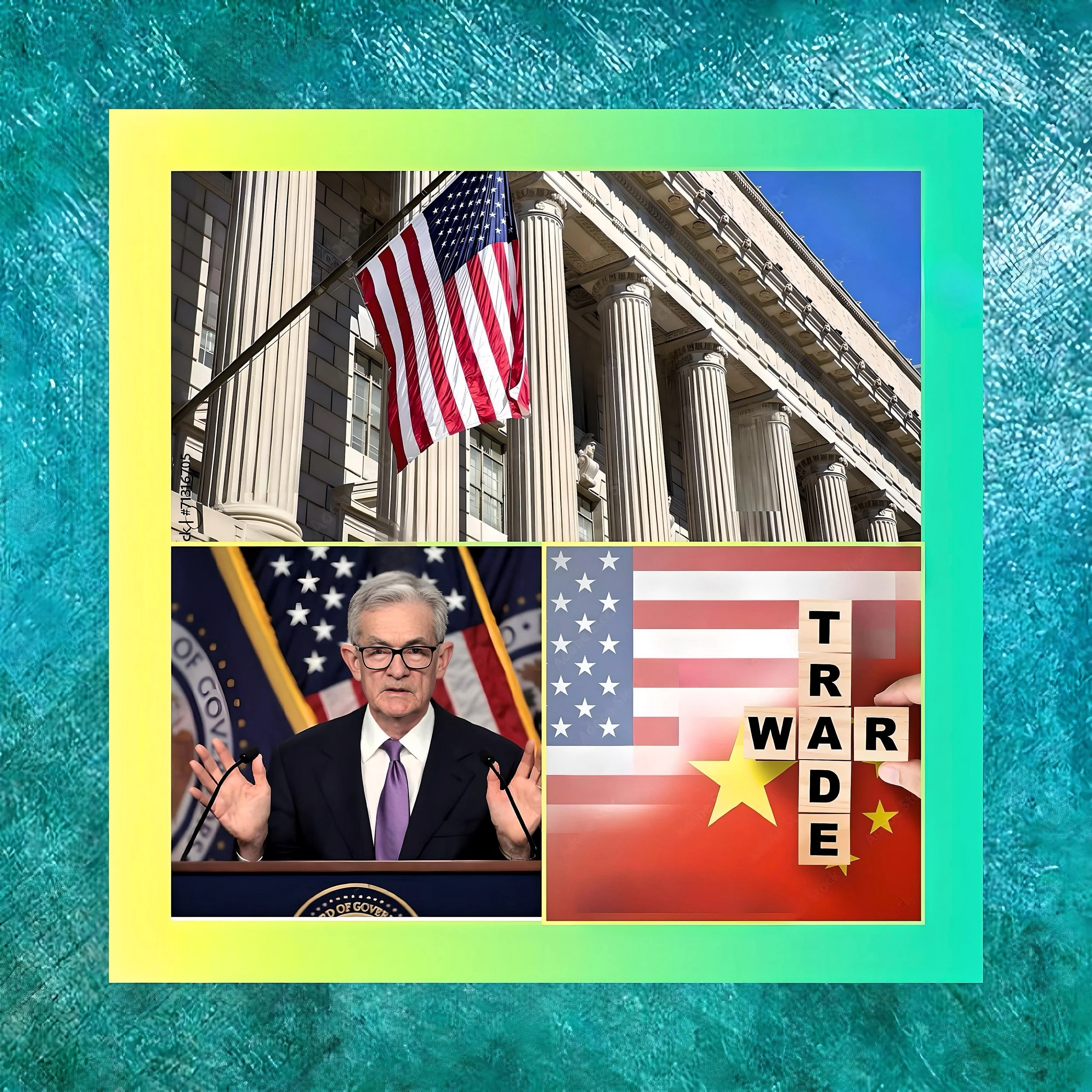Implications of the Federal Reserve’s Wait-and-See Approach to Economic Policy Clarity
Introduction
Federal Reserve Chair Jerome Powell’s repeated emphasis on patience—maintaining interest rates at 4.25%–4.5% while awaiting clarity on the Trump administration’s policy shifts—carries significant ramifications for economic growth, inflation trajectories, financial markets, and institutional credibility.
This cautious stance, articulated in Powell’s March 7, 2025, remarks at the University of Chicago, reflects a strategic balancing act amid unprecedented policy volatility.
Below is a comprehensive analysis of this approach's multidimensional implications.
Economic Growth and Inflation Dynamics
Prolonged Restrictive Policy and Demand Suppression
The Fed’s decision to delay rate cuts risks moderating economic growth by sustaining borrowing costs for businesses and households. With the federal funds rate at a 22-year high, sectors like housing and automotive face persistent headwinds.
For instance, 30-year mortgage rates hovering near 6.7% have stabilized home prices but kept affordability 35% below 2021 levels, potentially dampening consumer spending in the long term.
However, Powell has justified this restraint by highlighting the economy’s resilience, noting Q4 2024 GDP growth of 2.3% and robust job gains averaging 191,000 per month since September 2024.
Inflationary Pressures from Trade and Labor Policies
Trump’s tariff escalations—including 25% levies on $500B of Chinese imports and threats of universal tariffs—introduce inflationary risks that could offset recent disinflation progress. JPMorgan estimates these measures may add 0.7–1.2% to CPI, particularly impacting autos and electronics.
Simultaneously, immigration crackdowns (deportations up 220%) have tightened the labor supply in construction and hospitality, pushing median hourly wages up 0.8% Month over Month—the fastest pace since 2022.
While core PCE inflation has cooled to 2.6%, services inflation remains sticky at 4.7%, driven by shelter (5.1%) and transportation (4.7%) costs.
The Fed’s patience aims to avoid prematurely declaring victory over inflation, as premature easing could reignite price pressures.
Labor Market and Consumer Behavior
Employment Stability vs. Structural Shifts
February’s jobs report showing 151,000 payroll additions and unemployment at 4.1% reflects labor market robustness, but underlying vulnerabilities persist.
Retiring Baby Boomers (10,000 daily) and immigration restrictions have reduced workforce participation to 62.3%, exacerbating skills mismatches in healthcare and tech sectors.
While wage growth has moderated to 4.3% YoY, the Atlanta Fed’s tracker shows job switchers still command 5.1% raises, sustaining services-sector cost pressures.
The Fed’s patience assumes labor markets can absorb these shocks without destabilizing inflation expectations, but prolonged tightness risks embedding wage-price dynamics.
Sentiment-Spending Paradox
Despite a 7-point plunge in the Consumer Confidence Index to 98.3, retail sales grew 0.8% MoM in February, underscoring Powell’s dismissal of sentiment surveys as unreliable predictors.
This disconnect allows the Fed to prioritize complex data over volatile sentiment metrics.
However, sustained uncertainty could eventually curb business investment, with the Fed’s Beige Book citing “uncertainty” 47 times in March 2025 versus 17 in January.
Financial Market Reactions
Volatility and Repricing of Rate Expectations
Markets have sharply recalibrated rate-cut bets, with March odds plummeting to 3% from 12% pre-Powell’s remarks.
Futures now price 75bps of cuts by December 2025, down from 100bps earlier, reflecting skepticism about the Fed’s timeline.
Equity markets exhibit sectoral dispersion: industrials gained 5.2% MTD on infrastructure hopes, while utilities fell 3.1% under yield pressures.
Treasury yields have climbed, with 10-year notes reaching 4.55% (+40bps post-election), signaling investor acceptance of “higher-for-longer” rates.
Currency and Commodity Spillovers
The DXY Index’s stability near 104 masks stress in emerging markets, with Argentina’s peso (-14%) and Turkey’s lira (-9%) plunging under dollar debt burdens. Meanwhile, Brent crude’s 12% surge to $92/barrel and gold’s rally to $2,150/oz reflect hedging against policy uncertainty. These crosscurrents complicate the Fed’s inflation fight, as energy shocks could reverse goods disinflation progress.
Policy Credibility and Institutional Risks
Navigating Political Uncertainty
Trump’s policy volatility—tariff reversals, deregulation, and fiscal swings—creates a “signal vs. noise” challenge for the Fed. While Powell asserts the Fed’s independence, markets price a 40% chance Trump will replace him with a dovish chair in 2026, risking politicization. Historical parallels to the 1970s stagflation era loom, with St. Louis Fed President Musalem warning of similar risks if inflation expectations de-anchor.
Framework Adaptation and Communication
The Fed’s upcoming monetary policy framework review—its first since 2020—may incorporate real-time data dashboards tracking tariffs, rents, and business sentiment. Enhanced forward guidance, including explicit triggers for cuts (core PCE ≤2.3% for six months) or hikes (core PCE ≥3%), aims to anchor expectations amid uncertainty. However, overreliance on lagging indicators risks repeating 2021–2023 missteps when the Fed underestimated inflation.
Global and Geopolitical Considerations
Trade War Escalation and Supply Chains
Retaliatory tariffs from the EU ($39B) and China threaten to disrupt 18% of U.S. exports, potentially negating reshoring benefits. Auto sector costs could rise $45B annually from steel tariffs, while agricultural exporters face retaliatory barriers. The Fed’s models now assume a 0.5% inflation overshoot through 2026 from trade policies, complicating disinflation efforts.
Divergent Central Bank Policies
The ECB and BOJ’s dovish cuts (3.25% and -0.1%) contrast the Fed’s stance, risking dollar appreciation and imported inflation. Powell’s Jackson Hole framework prioritizes domestic mandates, but 27% of S&P 500 revenues depend on international markets vulnerable to FX volatility.
Conclusion: Balancing Risks in a Polycrisis Era
The Fed’s patience carries asymmetric risks. On the one hand, sustained restraint could cement inflation credibility and prevent 1970s-style stagflation.
On the other hand, delayed cuts risk overtightening—particularly given housing’s 18-month rate sensitivity lag—and exacerbate debt sustainability concerns (CBO projects 135% debt/GDP by 2030).
Critical challenges include
Tariff-Disinflation Tradeoffs
Full passthrough of Trump’s policies may necessitate 75bps additional tightening by 2026.
Productivity-Labor Mismatch
Without AI-driven efficiency gains, NAIRU could settle at 4.3%, requiring higher unemployment to stabilize prices.
Political Durability
Markets demand a 10–15bps political risk premium amid fears of Fed politicization.
As Powell asserted, “The costs of caution pale against the risks of acting without clarity.”
Success hinges on threading the needle between credible inflation control and preserving the soft landing’s fragile gains—a task requiring equal economic acuity and political fortitude.
Investors and policymakers must brace for extended volatility, with clarity unlikely before Q3 2025.





